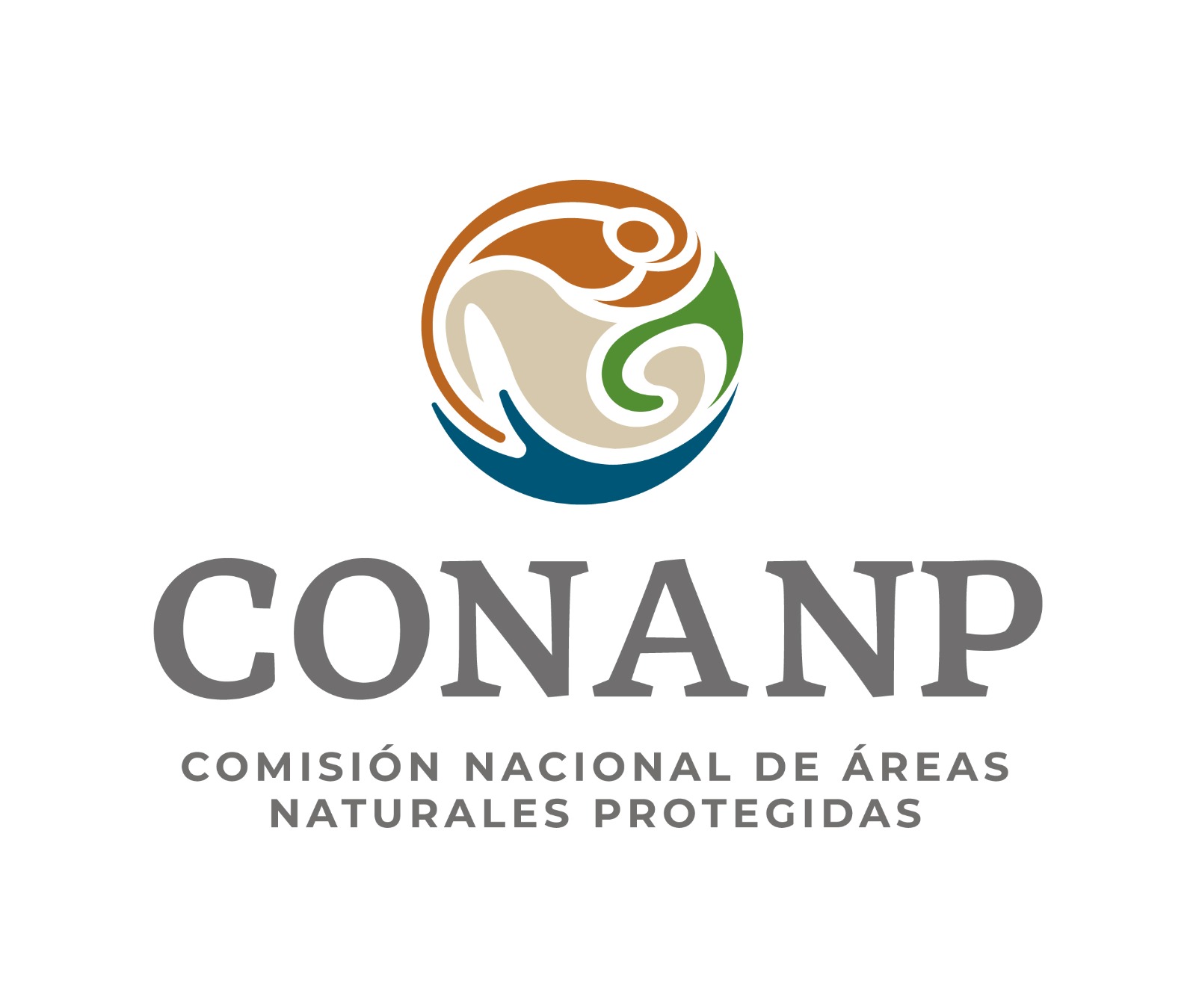Acoustic assessment of cryptic beaked whale populations in Pacific Mexico
Beaked whales (Family Ziphiidae) are among the least understood cetaceans, primarily due to their deep-diving behavior and elusive nature. This has resulted in significant knowledge gaps, with most species classified as “Data Deficient” by the IUCN, despite facing significant threats from anthropogenic noise, fishing gear entanglement, and other human activities. The lack of robust population data is a primary impediment to effective conservation and management.
This project addresses this critical data gap by conducting a systematic population assessment of two species—Cuvier’s beaked whale (Ziphius cavirostris) and the Peruvian beaked whale (Mesoplodon peruvianus)—in the waters off Magdalena Bay, Baja California Sur. Using passive acoustic monitoring, we aim to generate the reliable population estimates for these species in this ecologically significant region.
Goals
1. Develop novel offshore acoustic monitoring methodologies to study beaked whales
2. Gather population data to inform management strategies
Objectives
1. Tow a SoundTrap over the continental shelf of Pacific Baja
2. Analyze the acoustic data to estimate population abundances
3. Work with local scientists and NGOs to use the data collected to mitigate anthropogenic threats
Collaborators


